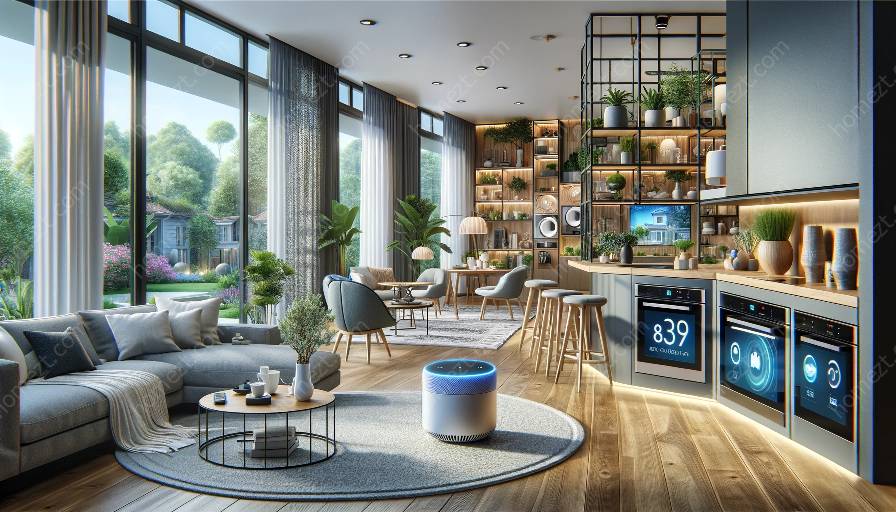Advancements in technology have paved the way for voice recognition and processing to revolutionize smart appliances, bringing unparalleled convenience and control to modern living. This article explores the integration of voice-controlled home appliances and the impact on intelligent home design.
Voice Recognition Technology
Voice recognition technology has evolved significantly in recent years, enabling smart appliances to understand and respond to spoken commands. Through natural language processing and machine learning algorithms, these appliances can interpret human speech, allowing users to interact with them in a conversational manner.
Benefits of Voice-Controlled Appliances
Voice-controlled home appliances offer various benefits, including hands-free operation, accessibility for individuals with mobility challenges, and seamless integration with smart home ecosystems. With voice recognition, users can perform tasks such as adjusting thermostat settings, controlling lighting, or even preheating their ovens, all without lifting a finger.
Enhancing Intelligent Home Design
The integration of voice recognition and processing into smart appliances has significant implications for intelligent home design. By reducing the reliance on physical interfaces, voice-controlled appliances contribute to a streamlined and intuitive living environment. In addition, they enable a more accessible and inclusive home design, catering to individuals with disabilities or limited mobility.
Challenges and Considerations
Despite the numerous advantages, there are certain challenges and considerations associated with voice-controlled appliances. Privacy and security concerns regarding always-on listening, potential misinterpretation of commands, and the need for robust connectivity infrastructure are critical factors that require careful attention in the design and deployment of such appliances.
The Future of Voice Recognition in Smart Appliances
Looking ahead, voice recognition and processing are poised to play an even more prominent role in smart appliances and intelligent home design. As natural language understanding and voice biometrics continue to advance, these technologies will further enhance the user experience and enable a seamless, voice-first approach to interacting with home devices.
Conclusion
In conclusion, voice recognition and processing in smart appliances have ushered in a new era of convenience and accessibility for homeowners. The integration of voice-controlled home appliances is transforming the way we interact with our living spaces, contributing to more intuitive and inclusive intelligent home designs.


